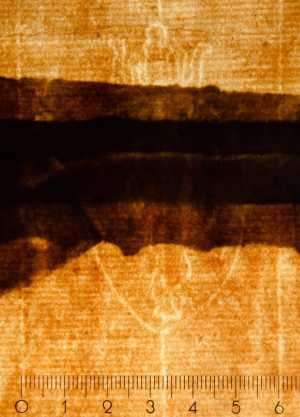Specifications
| Title | Study of a Standing Male Nude Seen from Behind |
|---|---|
| Material and technique | Black chalk |
| Object type |
Drawing
> Two-dimensional object
> Art object
|
| Location | This object is in storage |
| Dimensions |
Height 369 mm Width 166 mm |
|---|---|
| Artists |
Previously attributed:
Alessandro Allori
Previously attributed: Andrea del Sarto (Andrea d’Agnolo) Previously attributed: Angelo Bronzino Previously attributed: Pontormo (Jacopo Carucci) |
| Accession number | DN 133/30 (PK) |
| Credits | Gift Dr A.J. Domela Nieuwenhuis, 1923 |
| Department | Drawings & Prints |
| Acquisition date | 1923 |
| Creation date | in circa 1600 |
| Watermark | none (vH, 5P); shield with crown (on removed backing sheet, on P4 of 6P, vH) |
| Inscriptions | '23' (upper left, pen and brown ink, 'Andre del Sarto' (lower left, pen and brown ink), 'Pontormo' (on removed backing sheet, above centre, pen and brown ink, crossed out), 'Bronzino' (on removed backing sheet, pencil), 'N1' (on removed backing sheet, red chalk) |
| Collector | Collector / Adriaan Domela Nieuwenhuis |
| Mark | G. Vallardi (L.1223, no. N 1) |
| Provenance | Giuseppe Vallardi (1784-1863, L.1223/1223a)**, art dealer, Milan; - ; Dr Adriaan J. Domela Nieuwenhuis (1850-1935, L.356b), Munich/Rotterdam, donated with his collection in 1923 (Andrea del Sarto) |
| Exhibitions | Rotterdam 2009 (coll 2 kw 5) |
| Internal exhibitions |
De Collectie Twee - wissel V, Prenten & Tekeningen (2009) |
| Research |
Show research Italian Drawings 1400-1600 |
| Literature | Cat. 1925, no. 533; Cat. 1927, no. 531 |
| Material | |
| Object | |
| Geographical origin | Italy > Southern Europe > Europe |
Do you have corrections or additional information about this work? Please, send us a message
























